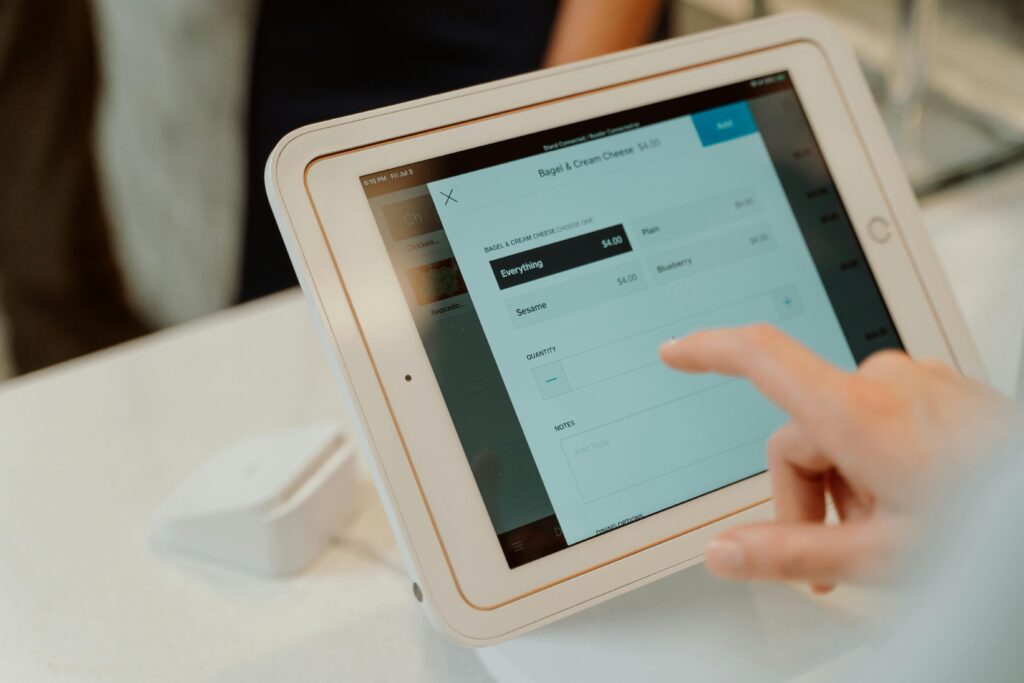Your App Store description is one of the most crucial factors in converting visitors into users. With millions of apps competing for attention, a well-optimized description can mean the difference between obscurity and success. This comprehensive guide will walk you through every step of crafting a high-converting App Store description—from keyword research to persuasive writing techniques and ongoing optimization.

1. Why Your App Store Description Matters More Than You Thin
Many developers spend months perfecting their app’s functionality but rush through the App Store description. This is a costly mistake. Here’s why your description is a critical component of your app’s success:
1.1 First Impressions Count
- Users decide within seconds whether to keep reading or move on.
- A poorly written description can make even a great app seem untrustworthy.
1.2 Influences App Store Rankings
- Apple’s App Store algorithm considers keywords in your description.
- A well-optimized description improves visibility in search results.
1.3 Reduces User Confusion
- Clearly explaining features prevents negative reviews from users who misunderstood the app’s purpose.
1.4 Builds Trust and Credibility
- Awards, press mentions, and testimonials reassure potential users.
Key Takeaway:
Your description isn’t just an afterthought—it’s a core part of your app’s marketing strategy.
2. How to Research Your Target Audience Before Writing
Before writing a single word, you need to understand who you’re writing for. Skipping this step leads to generic, ineffective descriptions.
2.1 Define Your Ideal User
Ask yourself:
- What problem does my app solve?
- Who experiences this problem most? (Demographics, interests, tech literacy)
- What language do they use when describing this problem?
Example:
A meditation app for busy professionals might target:
- Age: 25-45
- Pain points: Stress, lack of focus, poor sleep
- Preferred tone: Professional yet approachable
2.2 Analyze Competitor Descriptions
Look at top-ranking apps in your category. Note:
- Which keywords they use
- How they structure their descriptions
- What benefits they emphasize
Actionable Tip:
Create a spreadsheet comparing at least 5 competitors to identify patterns.
2.3 Gather User Feedback
If your app is already live:
- Read reviews to see what users love/hate.
- Note the exact words they use to describe your app.
Key Takeaway:
The best descriptions speak directly to the user’s needs—not what you think they need.
3. App Store SEO: How to Rank Higher in Search
App Store Optimization (ASO) is crucial for discovery. Here’s how to optimize your description for search.
3.1 Keyword Research Strategies
Tools to Use:
- App Store Connect Suggestions (Apple’s built-in keyword tool)
- MobileAction (Tracks keyword rankings)
- Sensor Tower (Analyzes competitor keywords)
How to Choose Keywords:
- Relevance: Only use terms your target audience actually searches.
- Difficulty: Balance high-volume and low-competition keywords.
- Long-Tail Keywords: More specific phrases convert better (e.g., “sleep sounds for babies” vs. “white noise app”).
3.2 Where to Place Keywords
Priority Order:
- Title (Most Important) – Max 30 characters.
- Subtitle – Another 30-character opportunity.
- First Sentence – Apple indexes this heavily.
- Bullet Points – Scannable and keyword-rich.
- Full Description – Use naturally; avoid stuffing.
Example:
For a fitness app:
- Title: “Home Workouts – No Equipment”
- Subtitle: “Lose weight with 10-min daily exercises”
- First Line: “Get fit at home with personalized workouts requiring no gym equipment.”
3.3 Common Keyword Mistakes
- Stuffing: “Best fitness app for workouts, exercise, training, gym, cardio…” (Sounds robotic).
- Irrelevant Terms: Adding trendy but unrelated keywords.
- Ignoring Localization: Not adapting keywords for different languages.
Key Takeaway:
Smart keyword placement boosts visibility, but user experience should always come first.
4. Crafting a High-Converting Description Structure
A disorganized description frustrates users. Follow this proven structure:
4.1 The Headline (App Name + Keyword)
- Max 30 characters.
- Include your main keyword.
- Example: “PDF Scanner – Fast & Free”
4.2 The Subtitle (Clarify the Value)
- Expand on the headline.
- Example: “Scan documents in seconds with AI.”
4.3 The Hook (First 3 Lines)
- Capture attention immediately.
- State the core benefit.
- Example:”Tired of bulky scanners? Quickly digitize receipts, notes, and contracts with your phone. No subscriptions—just free, instant scans.”
4.4 Key Features (Bullet Points)
- 3-5 scannable points.
- Start with benefits, not features.
- Example:
- ✔ Instant scanning – No waiting, just point and shoot.
- ✔ Cloud backup – Auto-save to Google Drive or Dropbox.
- ✔ Edit PDFs – Merge, split, or sign documents on the go.
4.5 Detailed Description
- Break into short paragraphs (2-3 sentences).
- Use subheadings if needed.
- Example:How It Works
Open the app, take a photo, and let AI enhance the text. Export as PDF or JPG in one tap.
4.6 Social Proof (Trust Signals)
- Awards: “Winner of Best Productivity App 2024.”
- Press: “Featured in Forbes, TechCrunch, and The Verge.”
- User stats: “Over 5 million downloads worldwide.”
4.7 Call-to-Action (CTA)
- Encourage immediate action.
- Example:”Download now and scan your first document free!”
Key Takeaway:
A logical flow keeps users engaged and drives more installs.
5. Writing Persuasive Copy That Converts
Features tell, but benefits sell. Here’s how to write compelling copy.
5.1 Focus on Benefits, Not Just Features
Bad: “Uses AES-256 encryption.”
Good: “Your data stays private with bank-level security.”
5.2 Use Power Words
- Emotion-driven: “Transform,” “Revolutionize,” “Effortless.”
- Urgency: “Limited time,” “Exclusive.”
- Trust: “Proven,” “Verified,” “Award-winning.”
5.3 Address Objections
- Price sensitive? “No hidden fees—cancel anytime.”
- Privacy concerns? “We never sell your data.”
5.4 Avoid Jargon
- No: “Leverages blockchain-based decentralized protocols.”
- Yes: “Send money securely without middlemen.”
Key Takeaway:
Speak like a human, not a robot.
6. Advanced Optimization Strategies
6.1 A/B Testing Descriptions
- Test different:
- Headlines
- Bullet orders
- CTAs
- Use tools like StoreMaven or SplitMetrics.
6.2 Localization Tips
- Translate keywords, not just text.
- Adapt cultural references.
6.3 When to Update
- After major updates.
- If download rates drop.
- When new keywords trend.
7. Frequently Asked Questions (FAQ)
Q1: How long should my description be?
- Ideal: 250-500 words. Prioritize clarity over length.
Q2: Can I use emojis?
- Yes, but sparingly. They improve readability but can look unprofessional if overused.
Q3: Should I mention pricing?
- Only if you have in-app purchases or subscriptions.
Q4: How often should I update my description?
- Every few months or after major updates.
Q5: Do screenshots/videos affect rankings?
- Indirectly. Better media improves conversion, which boosts rankings.
Final Thoughts
A winning App Store description blends SEO, psychology, and clear communication. By researching keywords, structuring strategically, and testing relentlessly, you can turn casual browsers into loyal users.
Ready to optimize your description? Start today and watch your downloads soar.

